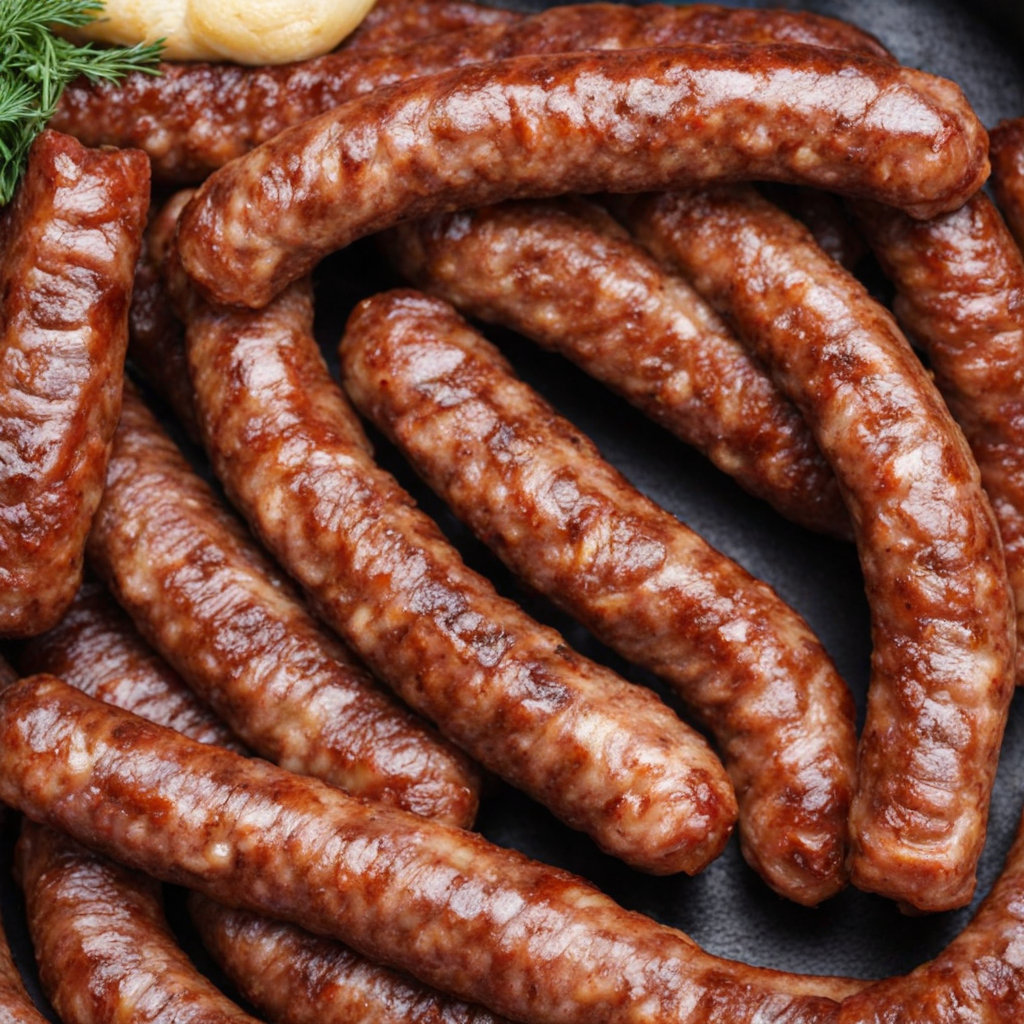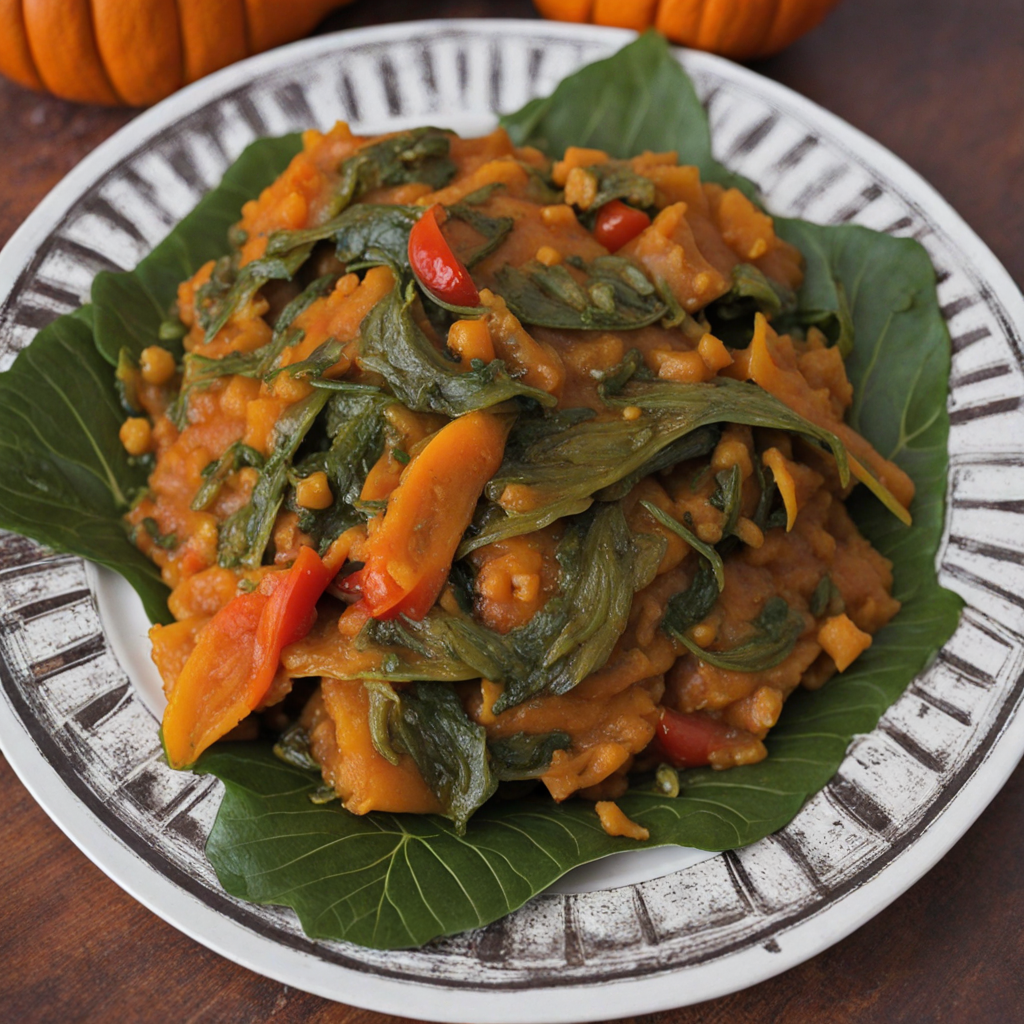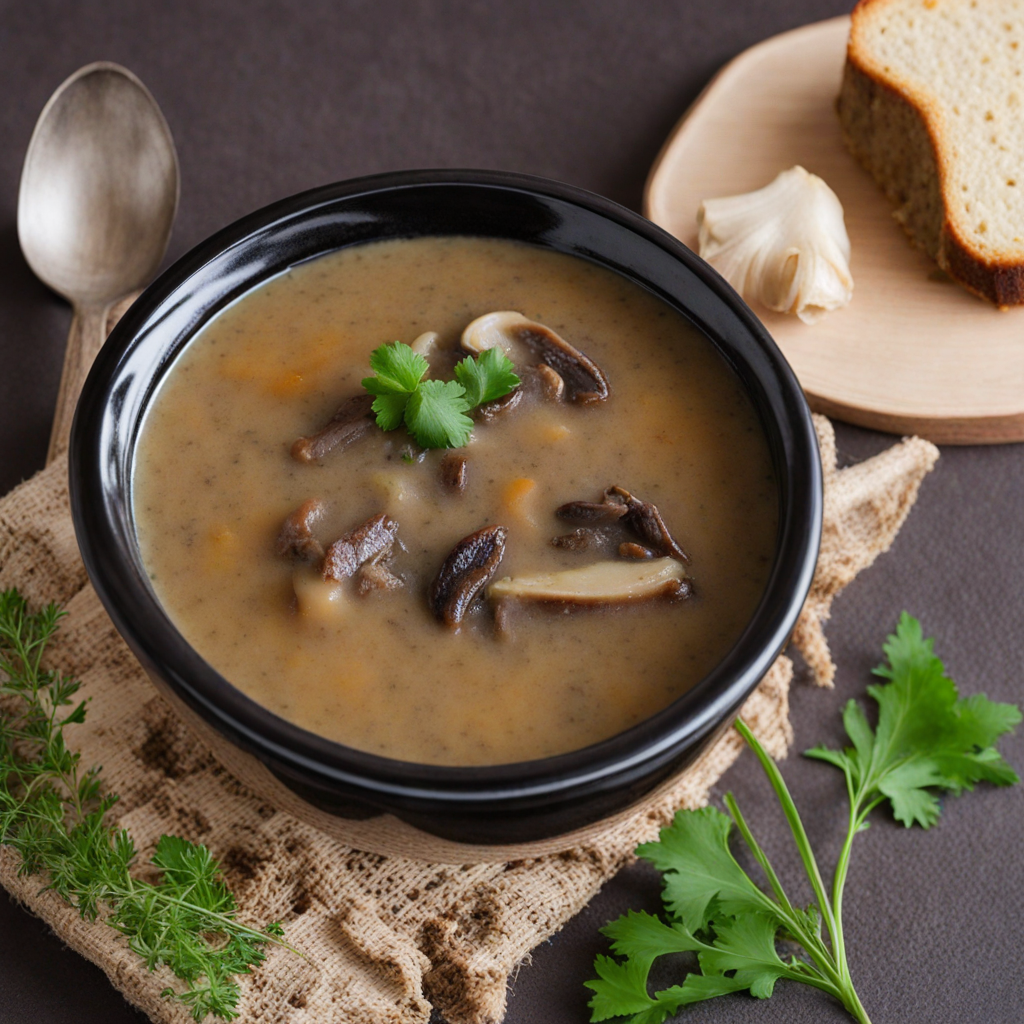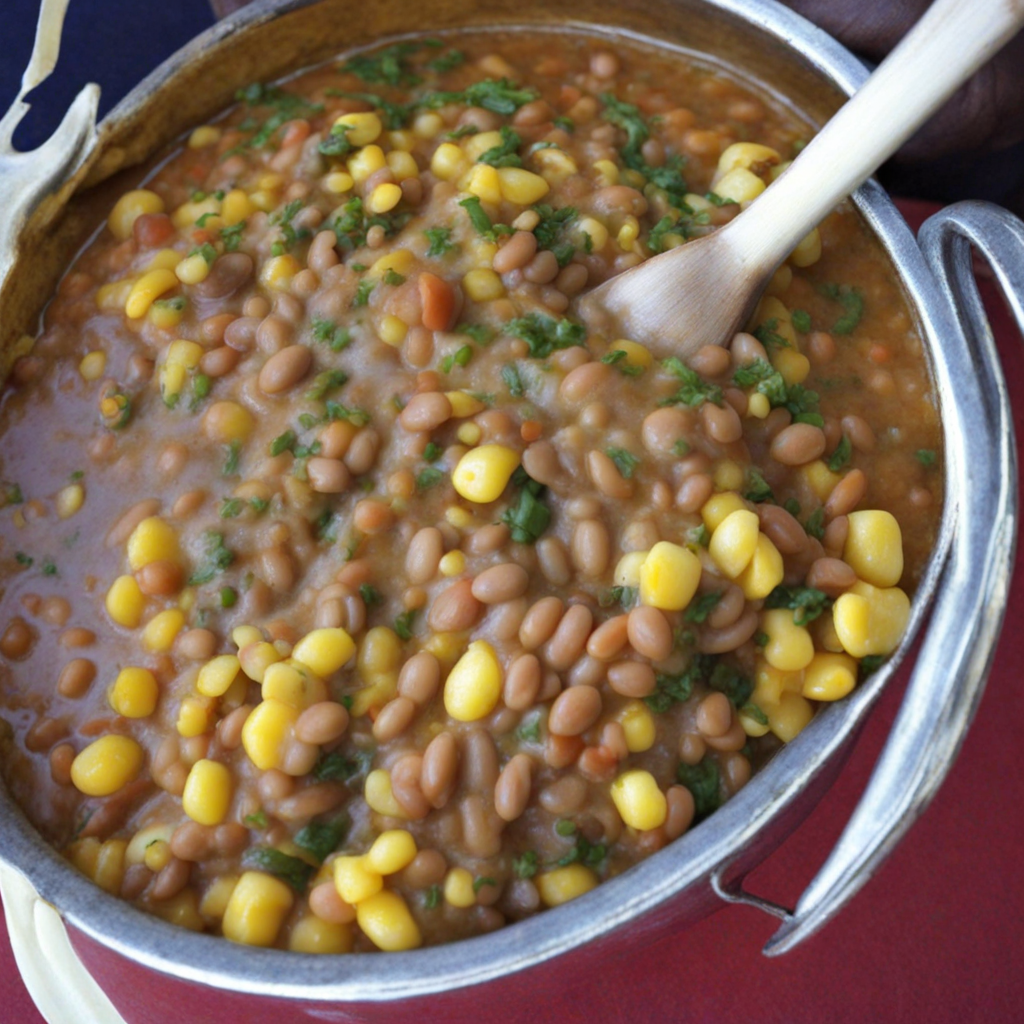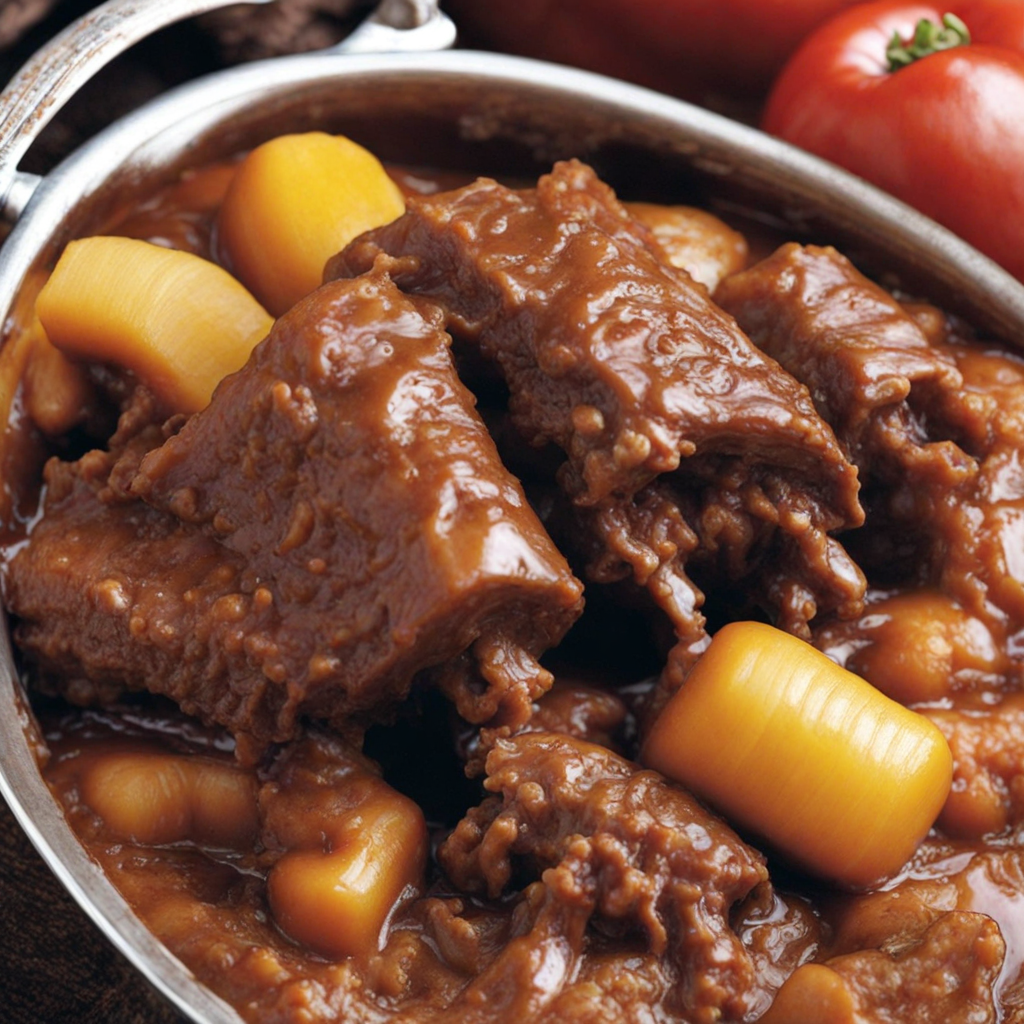Boerewors
Boerewors is a traditional South African sausage that has found its way into the hearts of many Zimbabweans, thanks to its rich, savory flavors and delightful texture. Made primarily from a blend of coarsely minced beef and pork, this sausage is seasoned with a unique mix of spices, including coriander, nutmeg, and cloves, which contribute to its aromatic profile. The name 'Boerewors' translates to 'farmer's sausage,' reflecting its roots in rural South African cuisine, where it was often prepared over open flames during festive gatherings and family barbecues. What sets Boerewors apart from other sausages is its distinctive spiral shape, which is not only visually appealing but also ensures even cooking. When grilled or braaied, the sausage develops a beautiful char on the outside while remaining juicy and flavorful on the inside. Each bite bursts with a combination of savory meat and aromatic spices, making it an unforgettable culinary experience. Served with a side of pap (a traditional maize porridge) and a tangy tomato relish, Boerewors creates a deliciously satisfying meal that is both hearty and comforting. In Zimbabwe, Boerewors has become a popular choice for street food vendors and family gatherings alike. Its versatility allows it to be enjoyed in various ways, from being served in a soft roll as a hot dog alternative to being sliced and added to stews or salads. The communal aspect of sharing Boerewors at braais or picnics makes it not just a meal but a celebration of togetherness and culture, inviting food lovers to come together and savor the delicious flavors of this beloved sausage.
How It Became This Dish
The Rich Tapestry of Boerewors: A Culinary Heritage of Zimbabwe Introduction to Boerewors Boerewors, a term derived from Afrikaans meaning "farmer's sausage," is a beloved traditional sausage that has found its roots in Southern Africa, particularly within the culinary landscape of Zimbabwe. While its origins are often associated with the Dutch settlers of South Africa, the sausage has become emblematic of the broader Southern African culinary tradition, intertwining with local cultures, ingredients, and practices over time. This narrative explores the origins, cultural significance, and evolution of boerewors, illuminating its place in Zimbabwean society. Origins of Boerewors The history of boerewors can be traced back to the early 17th century when Dutch settlers, known as the Afrikaners or Boers, arrived in South Africa. As they established farms and settled into the new land, they brought with them their culinary traditions, including various forms of sausage-making. The early Boer farmers utilized locally available meats and spices, melding their European recipes with indigenous ingredients. The term "wors" refers to sausage in Afrikaans, and "boer" signifies farmer, pointing to the rural origins of this dish. The key ingredients in boerewors typically include beef, pork, and spices such as coriander, nutmeg, and black pepper. The use of spices reflects the influence of both European and indigenous culinary practices. In Zimbabwe, the incorporation of local ingredients, such as game meat and regional spices, has further enriched the flavor profile of this beloved dish. Cultural Significance In Zimbabwe, boerewors transcends its role as a simple food item; it has become a symbol of cultural identity and social gathering. Traditionally, boerewors is associated with celebrations, family gatherings, and community events. The preparation and cooking of the sausage often serve as a form of social bonding, where families and friends come together to share stories, laughter, and good food. The braai, a South African-style barbecue, is a quintessential way to enjoy boerewors. At a braai, the sausage is grilled over an open flame, imparting a smoky flavor that enhances its savory profile. The act of braaiing is more than just cooking; it embodies a communal spirit and a celebration of life. In Zimbabwe, it is not uncommon for people to gather around a fire, roasting boerewors while sharing traditional drinks and other culinary delights. Moreover, boerewors carries historical significance in Zimbabwe, reflecting the country's colonial past and its ongoing journey toward cultural fusion. The sausage serves as a reminder of the diverse influences that have shaped Zimbabwean cuisine, from indigenous farming practices to colonial agricultural systems. Today, it stands as a testament to resilience and adaptation, symbolizing how food can bridge cultural divides. Development Over Time As Zimbabwean society has evolved, so too has the preparation and consumption of boerewors. In the late 20th century, the country faced significant political and economic changes, influencing food availability and culinary practices. During times of hardship, the adaptability of boerewors became evident. Local butchers and home cooks began experimenting with various meats, including chicken and venison, to create new iterations of the sausage that remained accessible to different socioeconomic groups. The popularity of boerewors has also been fueled by the rise of food markets and festivals celebrating local cuisine. These events often feature boerewors as a star attraction, showcasing its versatility and flavor. Street vendors and pop-up stalls have emerged in urban centers, offering freshly grilled boerewors with a variety of toppings and accompaniments, such as chakalaka (a spicy vegetable relish) and pap (a maize porridge). In recent years, there has been a growing interest in artisanal and gourmet versions of boerewors, with local producers experimenting with unique flavor combinations and high-quality ingredients. This trend reflects a broader global movement toward artisanal food production, where craftsmanship and local sourcing are celebrated. Chefs and food enthusiasts are increasingly recognizing the value of traditional dishes like boerewors, elevating them within contemporary culinary contexts. Additionally, the rise of food tourism in Zimbabwe has brought international attention to local cuisine. Travelers seeking authentic culinary experiences often seek out traditional dishes, and boerewors has become a must-try item on many visitors’ lists. Restaurants and lodges emphasize the importance of local ingredients and traditional cooking methods, creating a narrative around boerewors that resonates with both locals and tourists. Modern Interpretations and Future Trends As Zimbabwe continues to navigate the complexities of globalization and cultural exchange, boerewors remains a dynamic part of the culinary landscape. Modern interpretations of the sausage are emerging, with chefs infusing it with flavors from other global cuisines. For instance, fusion versions may incorporate spices from Indian or Middle Eastern traditions, reflecting the multicultural nature of contemporary Zimbabwe. Health consciousness is also influencing the development of boerewors, with an increasing number of consumers seeking leaner meat options and organic ingredients. This trend has prompted producers to explore healthier alternatives, such as using free-range meats or incorporating vegetables and legumes for added nutrition. Furthermore, the growing emphasis on sustainability and ethical food practices is reshaping the production of boerewors. Local farmers and butchers are increasingly focused on sourcing ingredients from sustainable and humane sources, ensuring that the cultural heritage of boerewors aligns with modern values. Conclusion Boerewors stands as a symbol of Zimbabwe's rich culinary heritage, embodying the complexities of its history, culture, and evolving identity. From its roots among the early Dutch settlers to its current status as a beloved dish enjoyed by many, boerewors has transcended its humble origins. It serves as a reminder of the power of food to connect people, celebrate traditions, and adapt to changing times. As Zimbabwe continues to embrace its diverse culinary landscape, boerewors will undoubtedly remain a cherished dish, inviting future generations to partake in its savory legacy.
You may like
Discover local flavors from Zimbabwe



